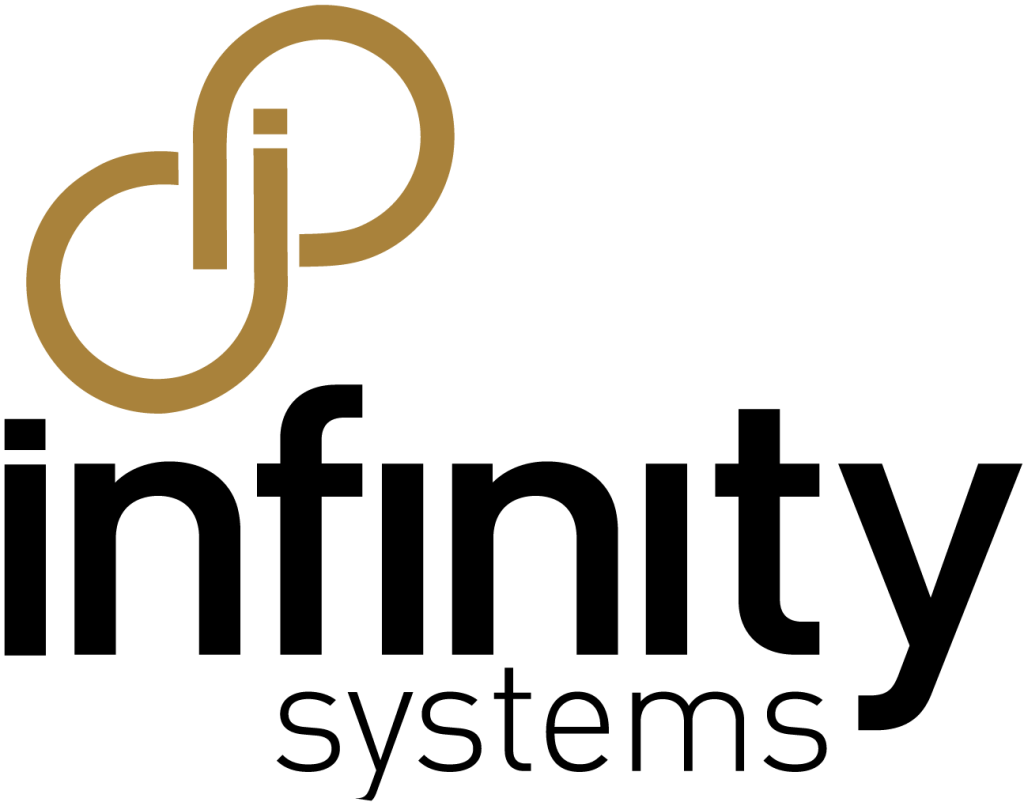How many times have you asked yourself these questions, or questions like them?
- How do I measure whether my organization is truly effective?
- What does it even mean to be truly effective as an organization?
- Why does it seem like the OE efforts we’re taking aren’t having the impact I thought they would?
- Am I able to effectively measure what increased organizational effectiveness means to my organization?
- Are my organizational effectiveness efforts tied to fulfilling our mission and vision as a company?
Many see organizational effectiveness (also known as organizational development) as the group that helps other teams in an organization to perform as optimally as possible. They play a critical role in bettering organizations.
However, true organizational effectiveness occurs when actions, behaviors, processes and culture are aligned with its mission and vision. The actions by the OE group need to build teams towards such alignment.
Alignment to mission and vision impacts how the strategic plan is developed. It drives belief in leadership, communication across levels and teams, creativity and empowerment. People hold themselves more accountable to what they do and hold others accountable to act in accordance with the mission.
Alignment minimizes ego, allowing employees to appreciate and strive towards the grander vision. There’s less bureaucracy. Best practices are fostered because the sole goal is to learn and get better. Performance metrics are not only tied to short term goals, but are intimately connected with the higher purpose of your organization.
[subscribe]
So, what might be better questions to ask yourself, as a leader, to assess whether your organization is truly effective? Here are some to consider.

- Am I doing what’s required of me to ingrain the mission and vision into my organization? Do I really have a role that’s more important than that?
- Are my leadership team and me equipped with the skills, abilities and time to lead in a way that builds and strengthens alignment to our mission and vision? Do I even know what those skills need to be?
- Is our organization and are our processes structured to fulfill our mission and are we set up to accomplish tasks and programs?
- What are the real reasons why different departments don’t seem to work well together?
- Can I easily articulate stories about how employees are acting in accordance to our mission and vision? How are those stories told and are they energizing others to act similarly?
- Are our performance measures tied to our mission and vision or do they serve other interests and objectives?
- To what extent is the organization aligned to mission and vision? How can I see how effectiveness is maximized in groups that show more alignment to mission and vision?
- Are my organizational effectiveness people focusing tactical tasks, or do they have a higher calling where they can have even more impact?
- What would it mean to the organization to have a larger percentage of employees truly aligned to mission and vision?
All organizations, and by extension, all people, slip into making decisions that solely connect with short-term implications. Decisions that take into account medium and long-term consequences still don’t usually go far enough to take into consideration mission and vision, which is addressed in this post about Wells Fargo. However, more aligned organizations are able to manage those instances better and stay on course towards greater performance.
Once you understand the right questions to ask and start moving down the path to the proper answers, consider how you will measure the impact on alignment to your mission, vision and strategic plan as well as your key performance metrics.
Truly effective organizations, and engaged employees are aligned to the WHY of your organization.



